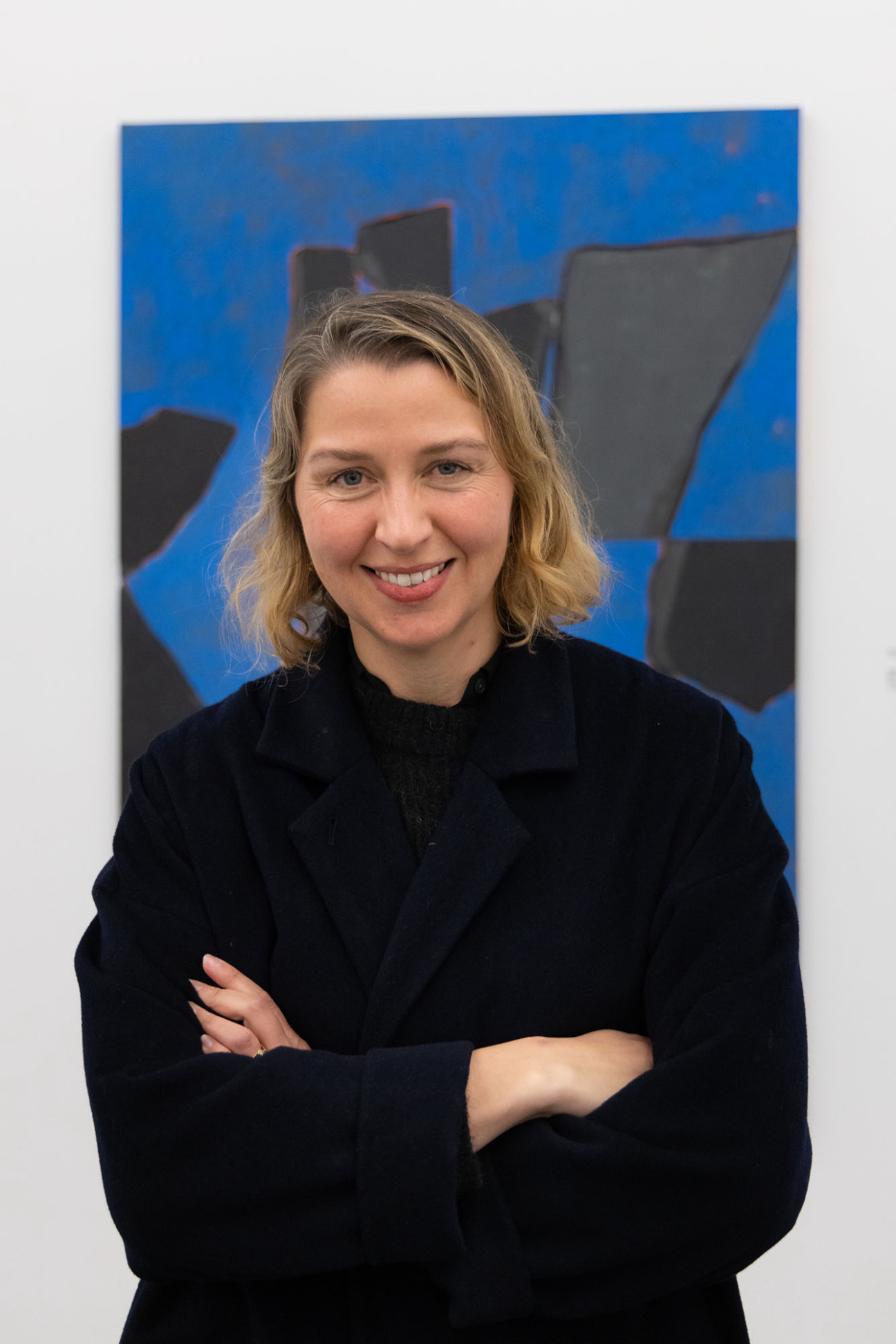
The Parrish Art Museum, a keystone of the East End’s art institutions, marks its 125th anniversary this year, and to celebrate, it is mounting a sweeping exhibition in three parts, which will run through February 2024. “Artists Choose Parrish” features works drawn from the museum’s collection of 3,600 objects, from the 19th century to today. These pieces have been picked out by 41 esteemed contemporary artists with local roots, whose work is shown alongside their selections.
“What is it that has attracted artists here? The light, the nature, the community. I think it’s really important to highlight that,” explains Corinne Erni, deputy director of Curatorial Affairs and senior curator of ArtsReach and Special Projects at the museum. “Today there remains an incredible multigenerational group of artists living or working in the region. I thought, Wouldn’t it be great to have that dialogue of living artists and past artists who obviously made the East End their home—or at least their artistic home?"
Part one of the show, which opened in April and will be on view through the summer, represents the largest portion of the multi-part exhibition, with more than 200 works, chosen by 20 artists, spanning the entirety of the museum. Here, artists Sam Moyer and Nina Yankowitz share their thoughts on the works they selected from the museum’s collection for the first chapter of “Artists Choose Parrish.”
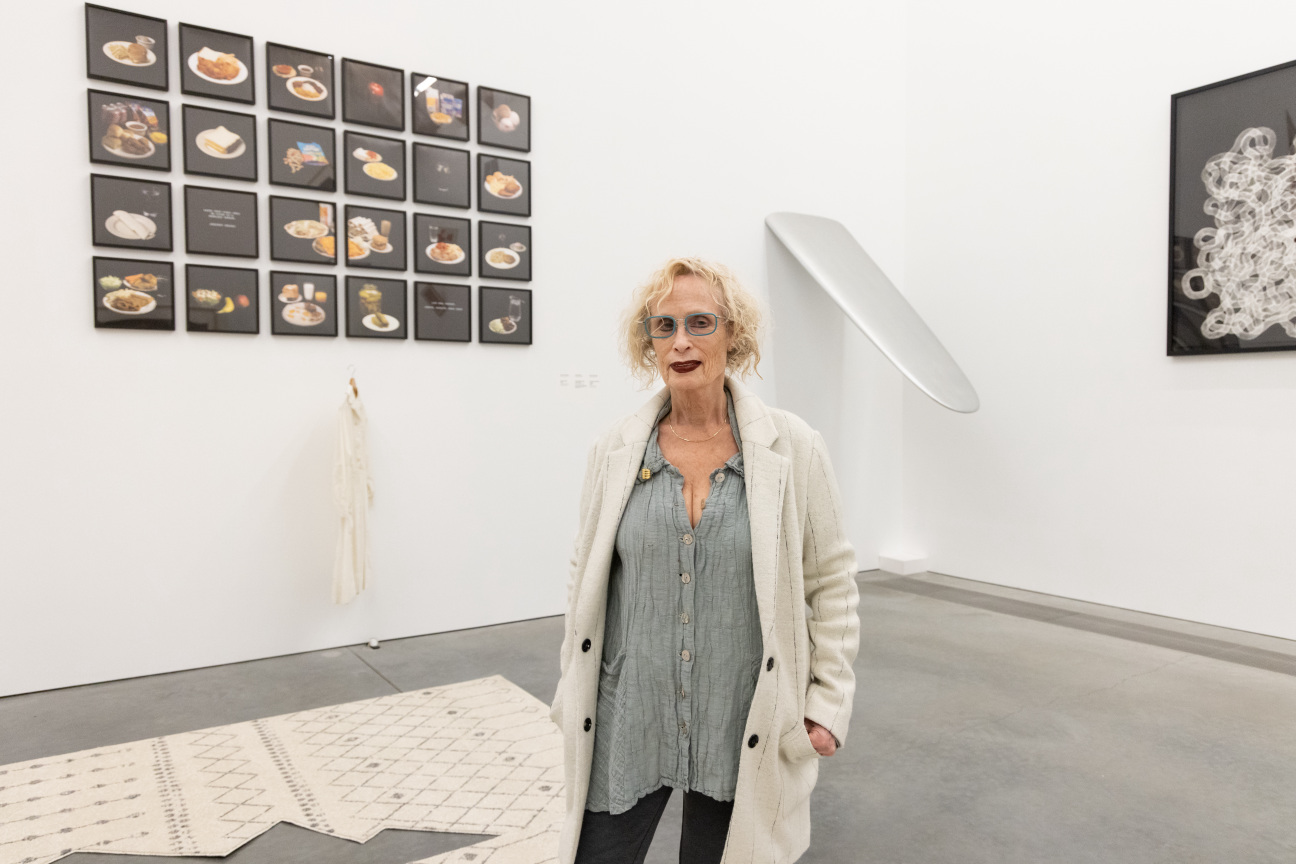
New Jersey native and longtime East End resident Nina Yankowitz has spent the last six decades making work outside the mainstream, whether it be founding the radical feminist group Heresies or pushing the limits of the art-viewing experience, as she did for this latest Parrish exhibition.
"To create a renewed dialogue between the Parrish’s past and future, I wanted to offer different viewing perspectives to experience the art that I chose from the museum’s collection. I made scenario stories for each of the walls and floor to reflect our current unstable world conditions.
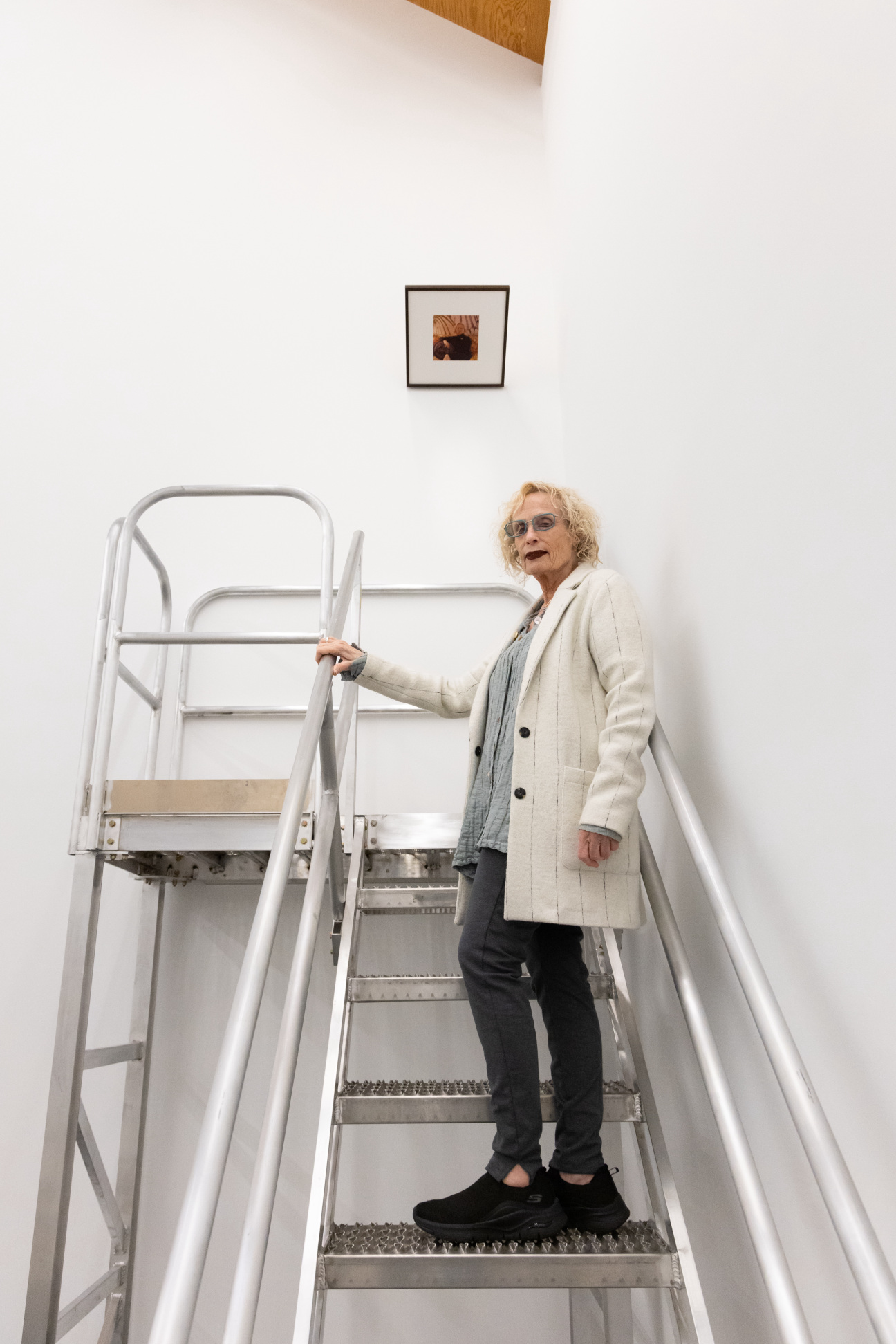
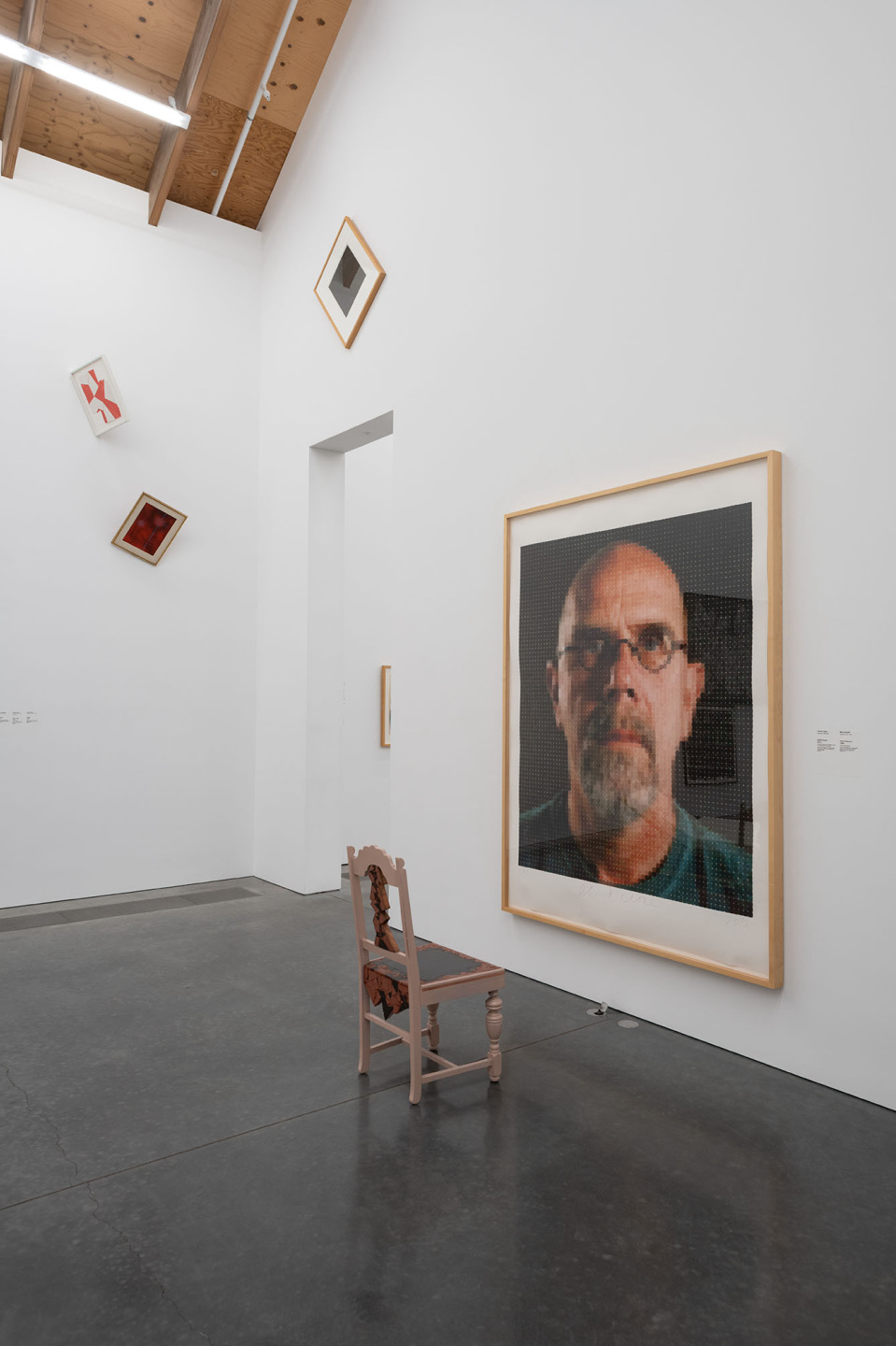
The artworks can be experienced in two ways. Viewers can look upward from two adjustable reclining lounges. They can also climb up stairs to a platform to look up, down, and around the gallery to view the walls and a floor story.
The floor story comprises two torn rugs addressing walls, and sound notation scores spreading along the floor for using eyes to hear the room’s stories. A cacophony of audio sounds acts like an abstract symphonic backdrop. Some artworks are installed slightly angled, tilted, on the wall, in a visual conversation with the museum’s architecture."
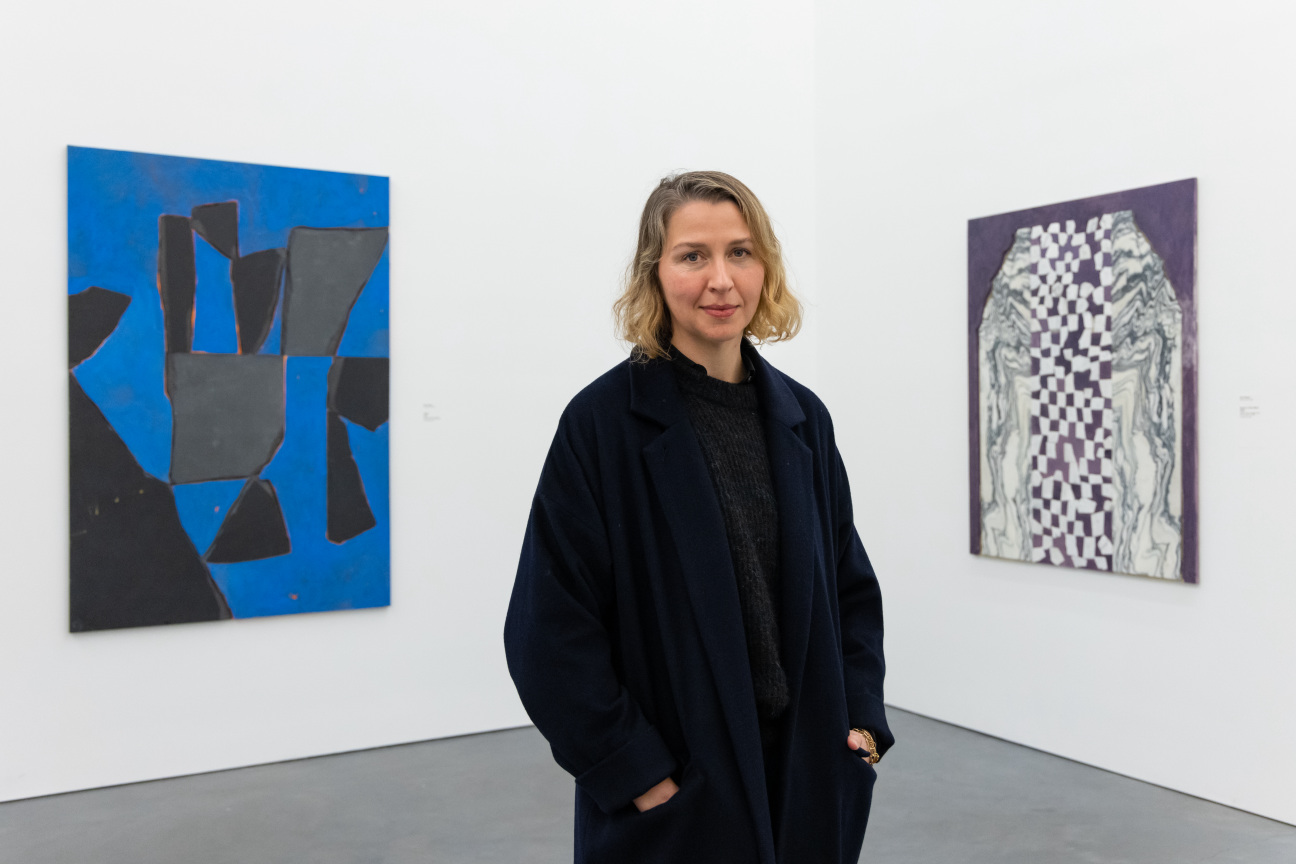
Brooklyn-based artist Sam Moyer is fluent in the mechanics of abstract painting, a proficiency that allows her to both examine and deconstruct the art form. In this Parrish exhibition, she takes the audience back through some of her early inspirations.
"Lynda Benglis was one of the first female sculptors I discovered as a teenager. I remember watching a video of her making one of her bow pieces and thinking, She just does it—she lets the material do what it wants, while knowing what she wants it to do.
When I was in art school, I had two very informative and supportive studio visits with Benglis, after which she hired me to work as her assistant. The first task assigned to me required a drive from New Haven through the North Fork to the Hamptons to maintain one of her sculptures. I had never been to Long Island before, and I was blown away by the beauty of the landscape.
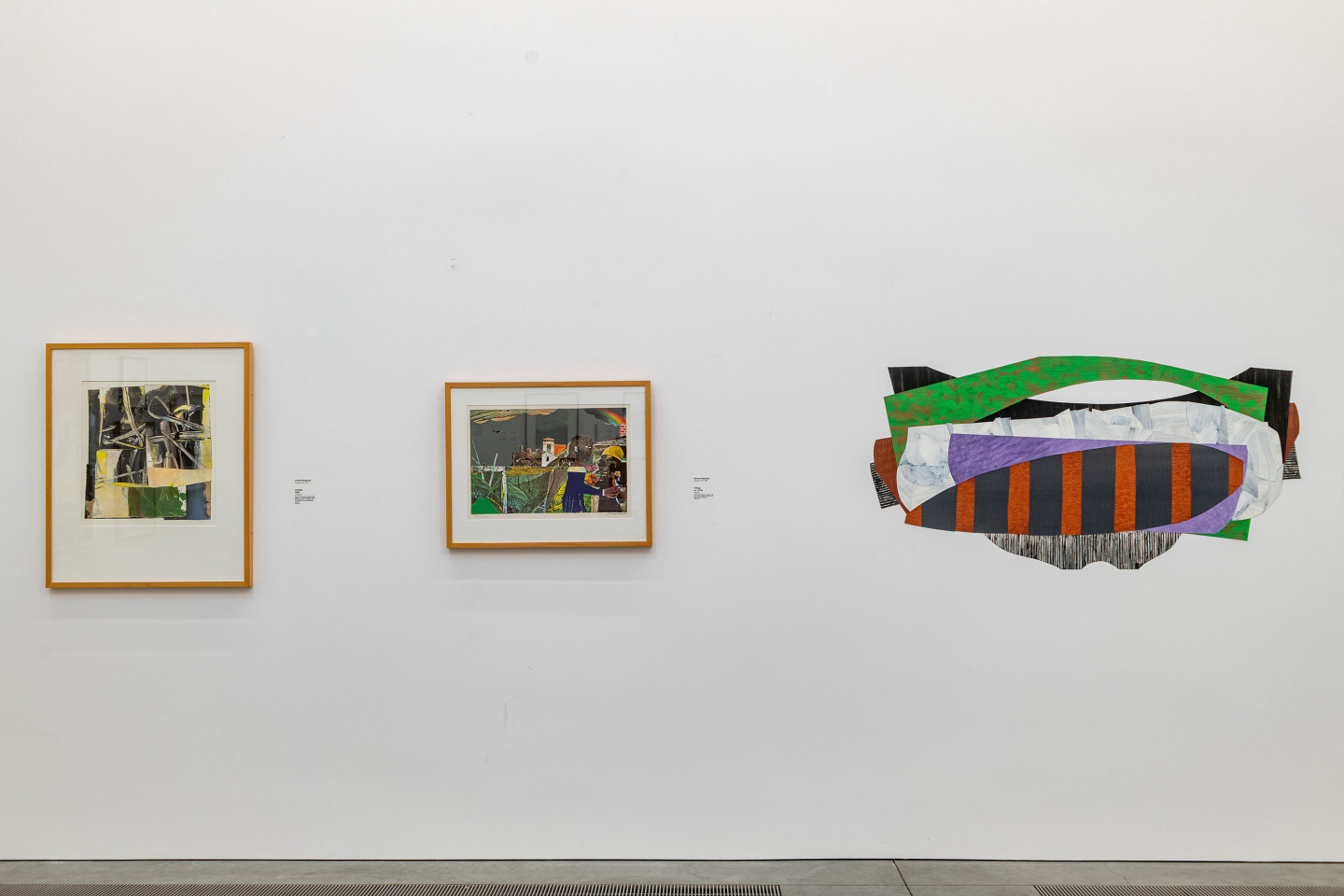
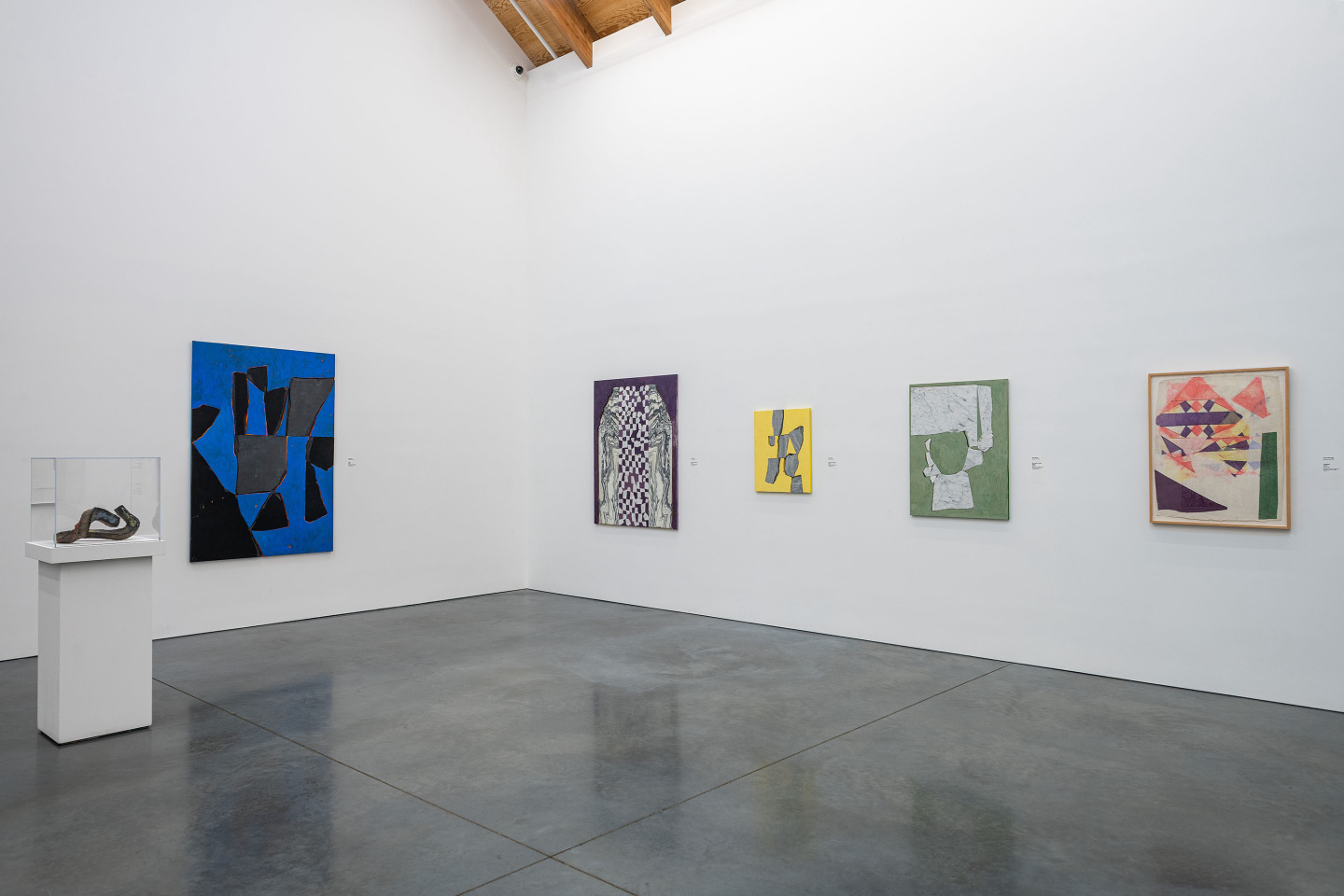
Not long after that drive, I began living part-time with my family on the North Fork, a place that continues to inform my work to this day. Benglis’s work is at the root of two essential components that run throughout my own practice: it introduced me to a landscape that has literally infused my work, and it provided me with a visual guide to cultivating my own collaborative relationship with material."

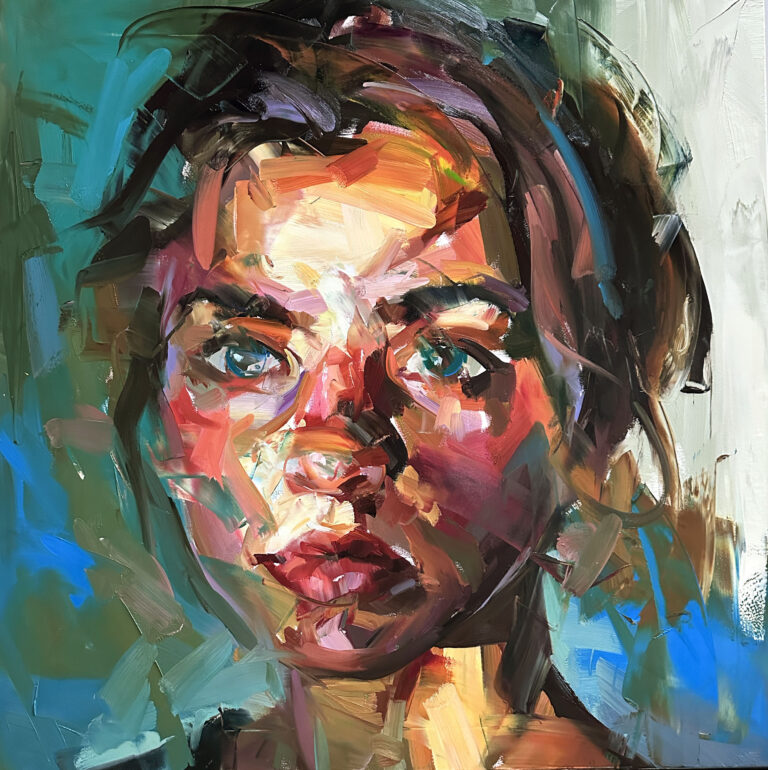


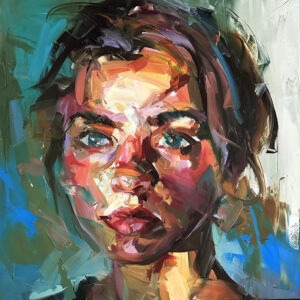
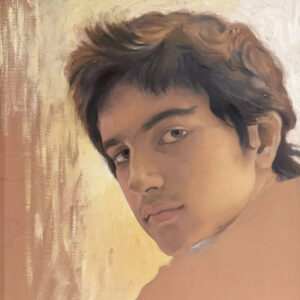




 in your life?
in your life?

